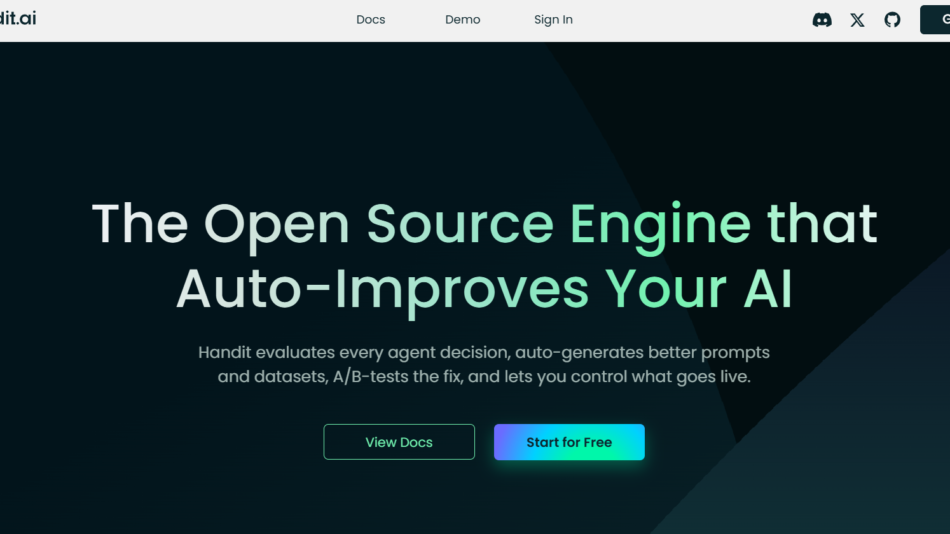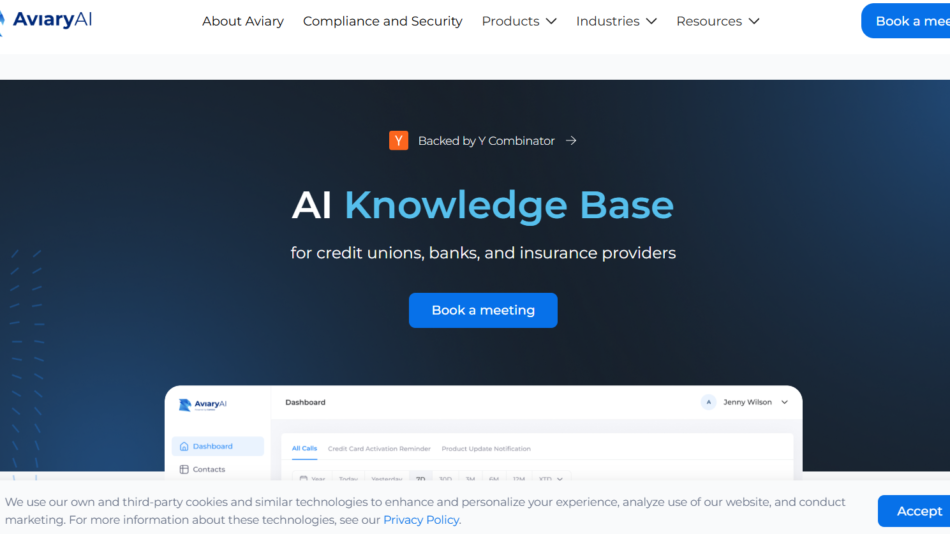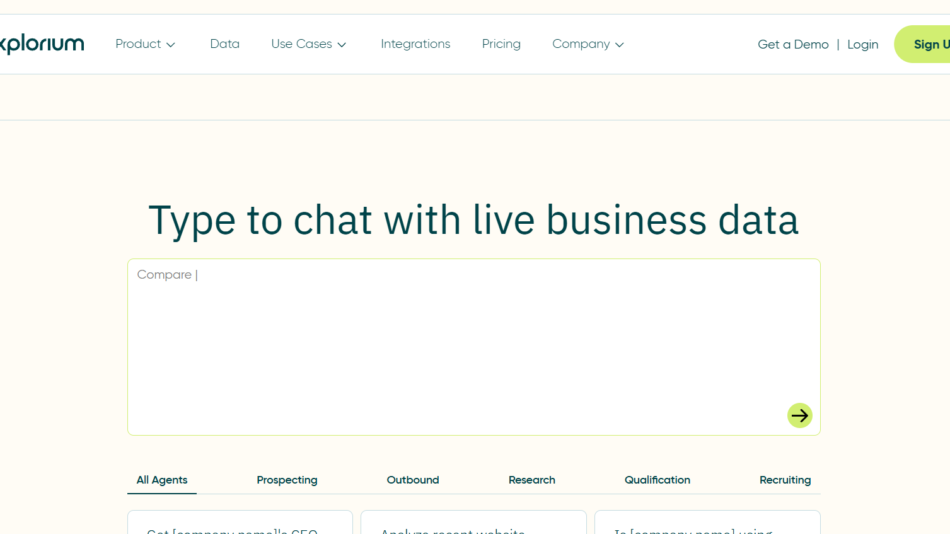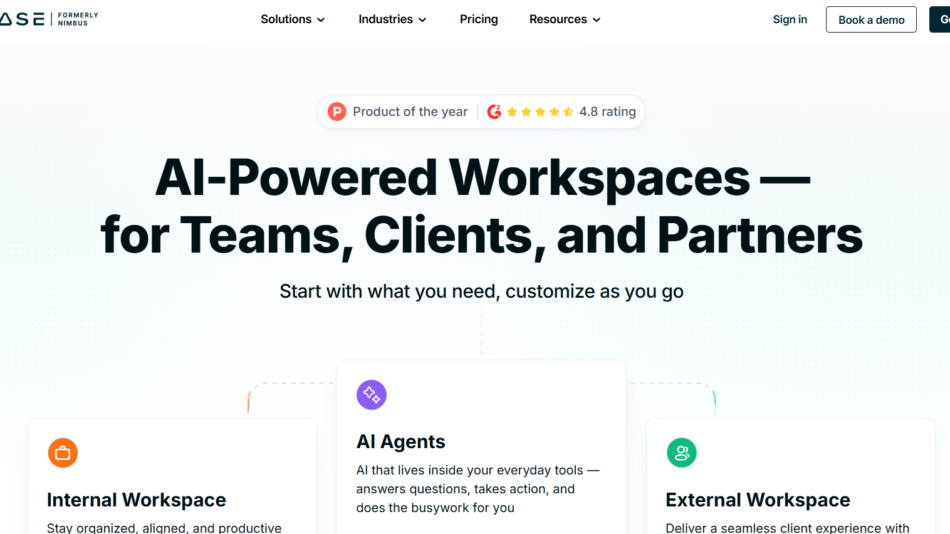Twin is an AI-powered internal knowledge base that helps teams instantly find answers to workplace questions by turning company documentation, Slack messages, and project files into an always-available support assistant. Designed to reduce repetitive questions and improve team productivity, Twin uses artificial intelligence to deliver accurate, contextual answers—right inside Slack.
By automatically indexing your team’s most-used information sources and enabling natural language queries, Twin serves as a smart internal helpdesk. It reduces information silos, supports onboarding, and ensures team members can access the knowledge they need without waiting for someone to reply.
Built with fast-moving teams in mind, Twin helps scale knowledge sharing without manual work, turning everyday documents into self-serve support that is accurate, instant, and continuously updated.
Features
Twin offers a comprehensive set of features aimed at transforming how teams manage and access internal knowledge:
AI-Powered Instant Answers: Provides instant, accurate answers to internal questions by pulling from docs, wikis, and Slack conversations.
Slack Integration: Allows users to ask Twin questions directly inside Slack channels and get helpful responses without switching tools.
Automatic Knowledge Ingestion: Connects to tools like Notion, Google Docs, Confluence, and Slack to ingest and organize internal knowledge automatically.
Contextual Understanding: Uses advanced natural language processing to understand the context behind each query and respond with relevant information.
Document-Based Indexing: Keeps internal documentation updated and accessible, helping teams find answers even if the original author is unavailable.
Searchable Knowledge Base: Builds a dynamic, AI-searchable library of internal questions and answers for future reference.
Access Permissions: Supports team-level access control to ensure sensitive documents or answers are shared only with the right people.
Simple Setup: Enables teams to launch Twin in minutes without complex onboarding or heavy configuration.
How It Works
Twin works by connecting to your team’s knowledge sources, such as Notion, Slack, Google Docs, and Confluence. After integration, it scans and indexes the content to create a knowledge layer that can be accessed through a conversational interface.
Once set up, team members can ask questions in Slack as they normally would. Instead of tagging a colleague, they simply tag Twin, which then responds instantly with the most relevant and up-to-date information. If Twin can’t find an answer, it will prompt a teammate to add it, ensuring the knowledge base grows organically.
The more Twin is used, the smarter it gets. It learns from repeated queries and document updates to continuously improve the relevance of its responses.
Use Cases
Twin is valuable across various team types and industries that rely on internal documentation and fast knowledge sharing. Common use cases include:
Onboarding New Employees: New hires can ask questions in Slack and receive immediate answers without interrupting others.
Internal Support Teams: HR, IT, and Ops can reduce repeated questions by centralizing answers and making them searchable.
Engineering Teams: Developers can get context on internal tools, processes, or past decisions without searching through long documentation.
Sales and Customer Success: Team members can quickly access playbooks, pricing info, or customer FAQs directly from Slack.
Remote and Distributed Teams: Twin helps bridge time zone gaps by providing instant access to knowledge without needing synchronous communication.
Pricing
As of the latest update from the official Twin website, the platform is currently in private beta and free to use for early access users.
No pricing tiers or commercial plans have been publicly released yet. Teams interested in using Twin can request early access through the official sign-up form, where they’ll be notified when full product access and pricing plans become available.
It is expected that future pricing will be based on the number of users and integrations, though exact details remain to be announced.
Strengths
Twin brings several key benefits to modern teams looking to reduce friction and boost internal productivity:
Instant Access to Knowledge: Eliminates delays in getting answers to internal questions by using AI to surface the right information.
No More Repeat Questions: Saves time for team leads and senior staff by reducing repetitive queries through searchable AI responses.
Works Where Teams Work: Integrated directly into Slack, so team members can access support without learning a new tool.
Always Up-to-Date: Automatically updates its knowledge base as documentation and internal messages change.
Quick Setup: Designed for fast onboarding with minimal configuration, making it easy for startups and growing teams to adopt.
Privacy and Access Controls: Maintains security with document-level permissions and user access management.
Drawbacks
While Twin offers strong functionality, there are a few limitations worth considering:
Still in Beta: As it is currently in private beta, some features may be limited or still under development.
Slack-First Experience: Primarily built for Slack users, with no public support yet for Microsoft Teams or other messaging platforms.
No Public Pricing: Teams may need to wait for official pricing tiers and business plans to determine long-term feasibility.
Requires Good Documentation: For Twin to be effective, a team must already have high-quality internal documentation or be willing to create it.
Limited Analytics (for now): Advanced usage analytics or admin reporting tools are not yet fully featured.
Comparison with Other Tools
Compared to internal knowledge tools like Guru or Slite, Twin sets itself apart by delivering answers directly inside Slack through conversational AI. While Guru uses browser extensions and cards, Twin offers a more natural, chat-based experience embedded in existing team communication.
Against tools like Notion or Confluence, which require users to manually search for documents, Twin provides faster access by summarizing and responding to questions instantly. While those tools are excellent for document creation, Twin’s strength lies in information retrieval.
When placed next to general-purpose AI assistants like ChatGPT or Claude, Twin is tailored specifically for internal team knowledge and integrates deeply with Slack and business documentation, making it more actionable in a real-world team context.
Customer Reviews and Testimonials
Since Twin is currently in private beta, there are limited public customer reviews available. However, early adopters listed on Twin’s website include teams at fast-scaling companies who praise the tool for reducing Slack noise and increasing response efficiency.
Feedback from users highlights Twin’s ability to help new team members get up to speed without relying on others. Startup founders and operations leads have noted how Twin helps institutionalize knowledge quickly, especially in environments where processes change rapidly.
More comprehensive reviews and case studies are expected to emerge as the product rolls out to a broader audience.
Conclusion
Twin is an innovative AI knowledge base designed to help modern teams work smarter by making internal knowledge instantly accessible. By transforming Slack conversations and internal docs into searchable, conversational support, Twin removes the friction of repeated questions and disconnected documentation.
It’s a valuable asset for fast-growing teams, remote organizations, and knowledge-heavy departments that want to scale support without scaling headcount. With its smart integration, rapid setup, and focus on instant answers, Twin is positioning itself as a must-have tool for the future of work.
For teams ready to streamline internal communication and empower employees with self-serve knowledge, Twin offers a simple but powerful solution that meets people where they work—right in Slack.















